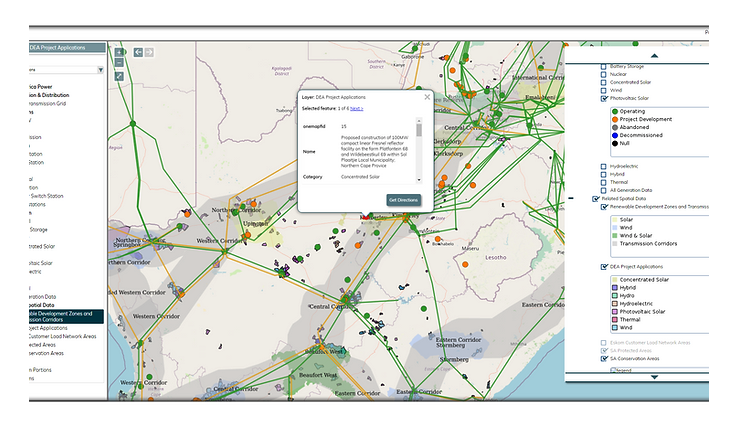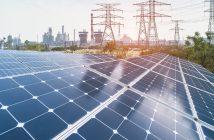Disclaimer: The articles and videos expressed in this publication are those of the authors. They do not purport to reflect the opinions or views of Green Building Africa, our staff or our advertisers. The designations employed in this publication and the presentation of material therein do not imply the expression of any opinion whatsoever on the part Green Building Africa concerning the legal status of any country, area or territory or of its authorities.
Share.
About Author
Green Building Africa - Net Carbon Zero Buildings and Cities
Green Building Africa promotes the need for net carbon zero buildings and cities in Africa. We are fiercely independent and encourage outlying thinkers to contribute to the #netcarbonzero movement. Climate change is upon us and now is the time to react in a more diverse and broader approach to sustainability in the built environment. We challenge architects, property developers, urban planners, renewable energy professionals and green building specialists. We also challenge the funding houses and regulators and the role they play in facilitating investment into green projects. Lastly, we explore and investigate new technology and real-time data to speed up the journey in realising a net carbon zero environment for our children.

















